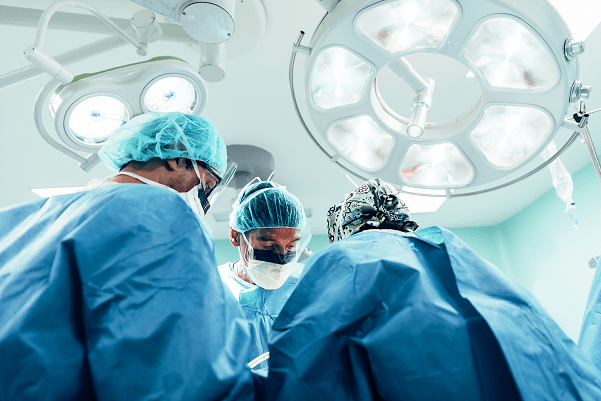Online Enquiry Form

Overview
If you’re a bodybuilder, you may be familiar with a common chest injury known as a pec tear. Usually suffered by 25-45-year-old males in the world of weight lifting and heavy exercise, a tear of the pectoralis major muscle of the chest occurs suddenly with a snapping or popping sensation in the shoulder followed by strong pain, swelling and bruising of the chest and upper arm.
- Classification of tears follow either:
- Muscle strain without complete tear.
- Complete tendon rupture.
In most cases, a pec tear involves complete tendon rupture of the chest from its attachment to the upper arm. A ruptured tendon will retract away from where it was torn, causing disfigurement of the chest as the muscle starts to bunch. A ruptured pec tendon will not heal by itself and will need surgery to be repaired.
Symptoms
A pec tear may exhibit the following symptoms:
- A popping or snapping experience during heavy chest training or activity.
- Strong pain in the chest and upper arm.
- Chest deformity and muscle bunching.
- Weakness of the chest.
- Bruising and swelling.

Causes
A pec tear may be caused by:
- Overloading the chest with a heavy chest pressing movement.
Tendons are susceptible to tear when they contract against the direction they want to go. Also called eccentric loading, this type of contraction involves muscle lengthening while contracting. An example of this is when you contract your chest to lower the bar to your chest or when you try to press a weight that is too heavy and although you are pushing, the weight begins to fall.
Permanent Injury
A pec tear injury involving complete rupture of the pectoralis major tendon cannot heal by itself and will result in permanent injury causing muscle bunching and weakness of the chest if not surgically repaired.
Diagnosis
To diagnose pec tear, the following will be taken into consideration:
- Understand the nature of the injury (sports, work, accident, overuse etc).
- Determine the cause of the injury (impact, collision, fall, repetitive/slow onset).
- Understand the context of the suffering (age, return to sport, work, impact on daily living).
- Perform a physical examination to ascertain pain and stability.
- Perform specialised shoulder tests to confirm diagnosis.
Tendon Rupture
A positive pectoralis major tendon rupture will present with:
- Pain over the attachment site of the upper arm.
- Chest muscle retraction, causing a hole in the chest near the upper arm and muscle bunching in the chest elsewhere.
- Chest weakness.
- Positive MRI.
Early diagnosis and treatment of pec tear is extremely important to avoid permanent injury.

Treatment
Tearing your pec is an extremely painful condition. Treatment begins with a thorough diagnosis to understand the severity of the condition in the context of your age, your sport, your work and your life to understand what is important to you about your recovery.
Non-Surgical Treatment
Tearing a pec is not a life-threatening condition, although if not surgically treated you will be left with muscle deformity and muscle weakness of the chest. The non-surgical treatment of the injury requires:
- Rest for up to 6 weeks.
- Pain and anti-inflammatory medication.
- Consideration for surgery.
- Physiotherapy rehabilitation protocol.
Surgical Treatment
If you do not wish to have the permanent consequences of the injury, you can choose to have pectoralis major repair surgery. This surgery is minimally invasive procedure where the torn pec tendon is reattached to the upper arm.
There are 2 types of repair using a mini-open approach:
- Single row repair is required for a small tear.
- Double-row repair is required for a large tear.
Single Row Repair – In this case the ruptured pec tear may have some remaining fibres still attached to the upper arm, meaning surgery does not need to be so extensive. Repairing the small rupture and forcing the patient to rest and rehab correctly will offer an optimal surgical result.
Double Row Repair – For patients who have had an extensive rupture, a double row technique will ensure adequate suture coverage of the tendon with adequate fixation to the bone, ensuring optimal conditions for tendon-to-bone healing.
The goal of surgery is to locate the torn pec major tendon and to reattach it to its normal position on the upper arm.

Post Operative Rehabilitation
You will achieve the best surgical outcome if you follow up surgery with a matching course of rehabilitation. Following surgery, Dr Gupta will outline the most appropriate rehabilitation protocol for your physiotherapist to follow and communicate with your healthcare team to ensure that you receive it.
Please contact our friendly team on 02 9687 8344 or make an online enquiry here.

Dr Manish Gupta | MBBS FRACS FAOrthoA
Dr Manish Gupta is a renowned expert surgeon in the field of orthopaedic surgery specialising in upper limb including shoulder, elbow and wrist.